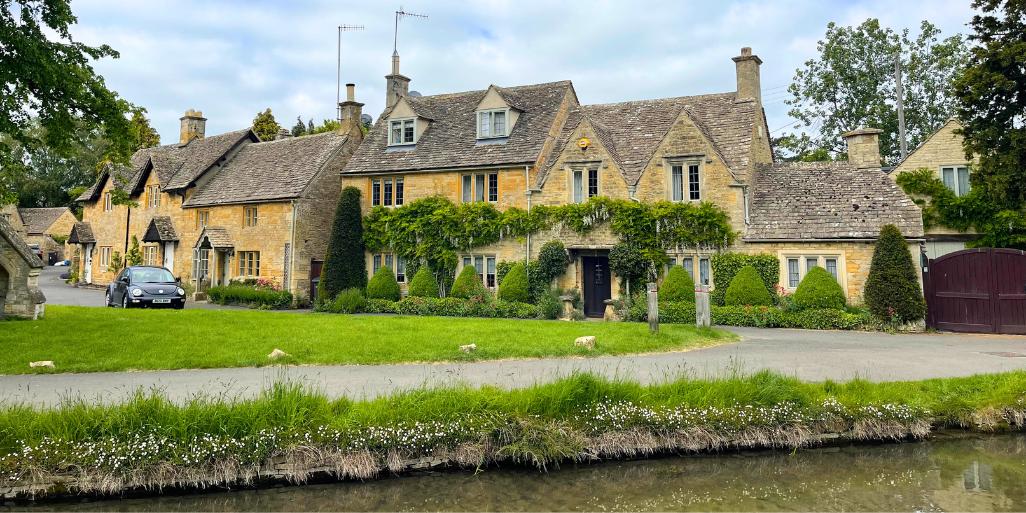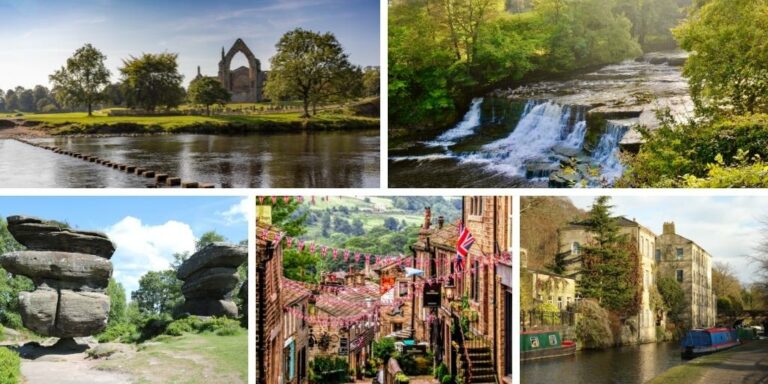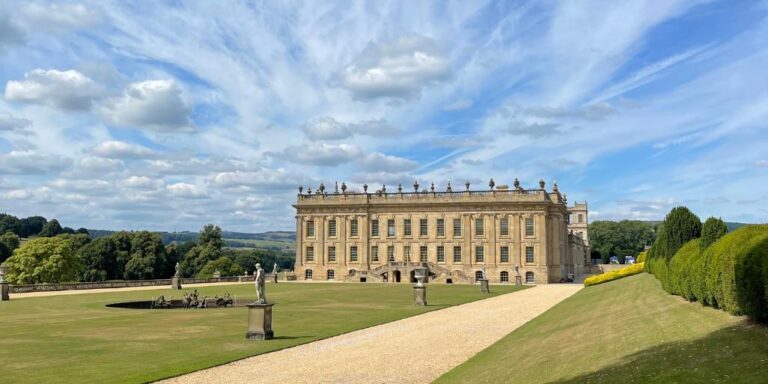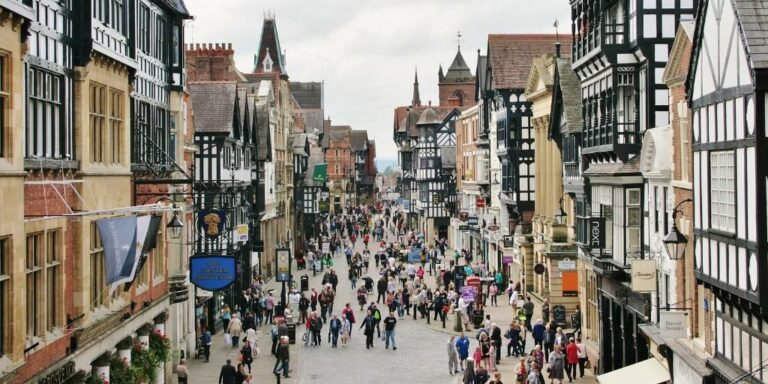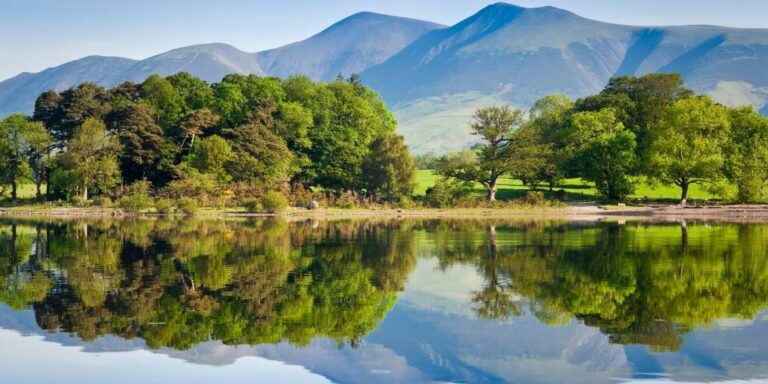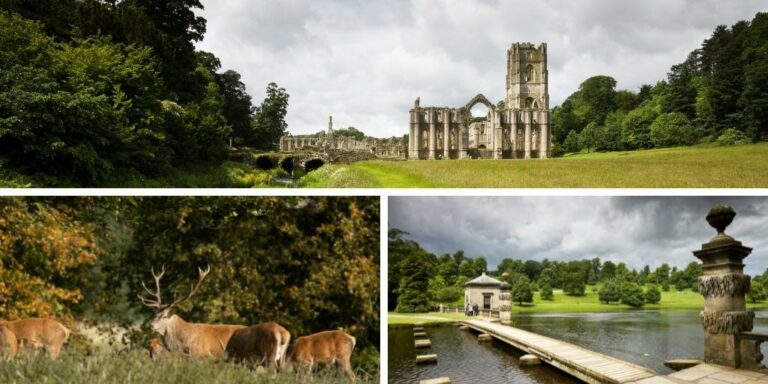A Perfect 3 Day Cotswolds Itinerary
The Cotswolds is one of the most visited parts of England and the U.K. The rural region is famous for being ‘quintessentially English’ and fits most travellers’ idyllic image of English country life.
The Cotswolds is not a county but a 800 square mile region of central south-west England. It incorporates the counties of Gloucestershire and Oxfordshire and parts of Warwickshire, Wiltshire, Worcestershire and Somerset.
It offers a scenic countryside of grasslands and rolling green hills, charming small towns and villages, historic attractions, formal gardens and fantastic golden stone architecture. It’s justifiably designated an Area Of Outstanding Natural Beauty (AONB).
We’ve visited the Cotswolds countless times and never get bored of visiting. There is always something new to see and do or another hidden gem to stumble upon.
Our tried and tested 3 day Cotswolds itinerary showcases the best that this region has to offer. We know you will love it as much as we do.
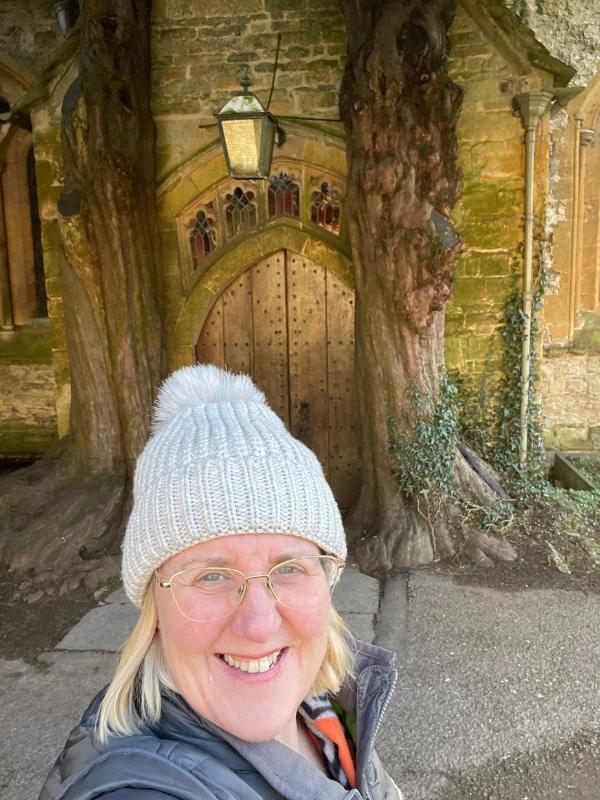

How to get to the Cotswolds
Getting from London to the Cotswolds is easy. You can drive from London in around 2.5 hours depending on traffic. Most of the driving route is on a motorway or main roads.
You can also catch a train from London Paddington to Moreton-in-Marsh (around 1.5 hours), which is a good stepping-off point for tours.
How to get around the Cotswolds
The best way to get around this rural part of England is by car.
You can set your own itinerary, schedule and timetable to avoid the worst of the crowds, to avoid bad weather or to make the most of long, balmy summer days.
Alternatively, join a small group (we recommend Go Cotswolds—use code UKTRAVPLAN at checkout for a 5% discount) or a private tour (we recommend Victoria of Cotswold Teacup Tours).
There is very limited public transport available in the area (mainly buses) but these are really only an option for people with unlimited sightseeing time – and lots of patience!
Your Cotswolds 3 day itinerary
Our carefully designed 3 day Cotswolds itinerary starts in Broadway, 99 miles / 159 km west of London. We recommend you stay in the Cotswolds the night before starting your road trip to maximise your time in the region.
Please note that all driving times given below are approximate. If you are unfamiliar with driving on English country roads, visit in peak season or get stuck behind a tractor, driving times will take longer than we’ve estimated.
Day 1 – North / Middle Cotswolds
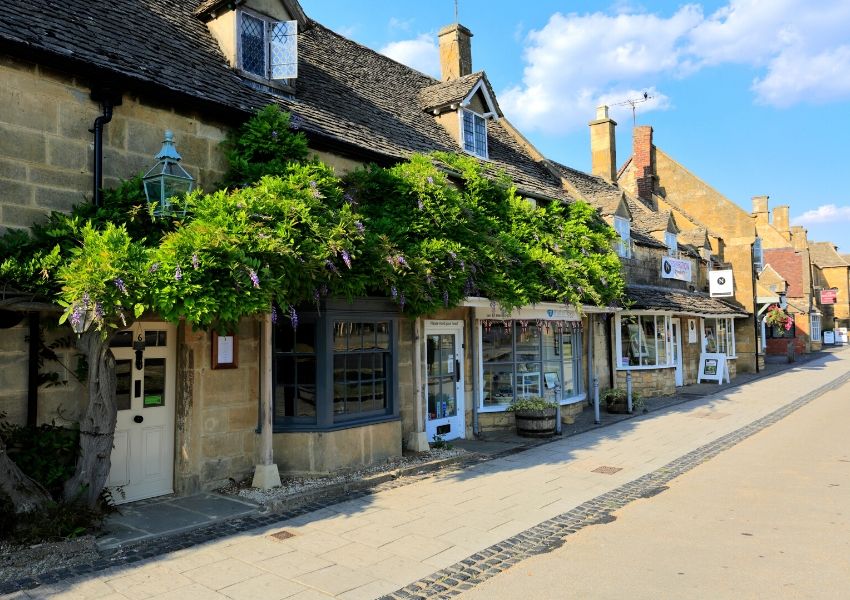

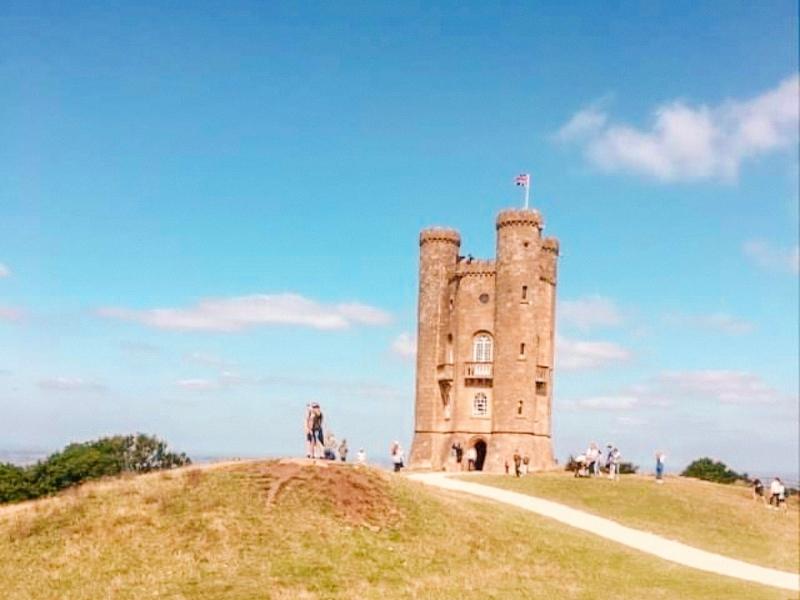

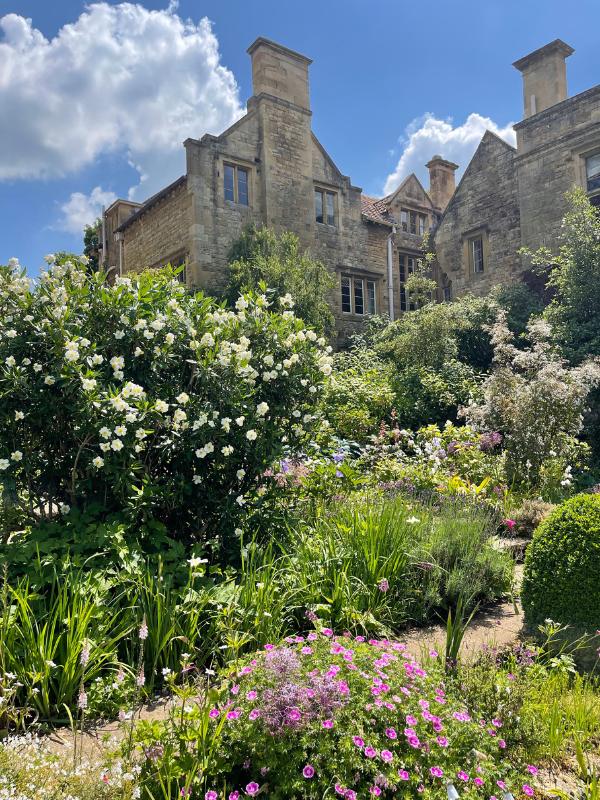

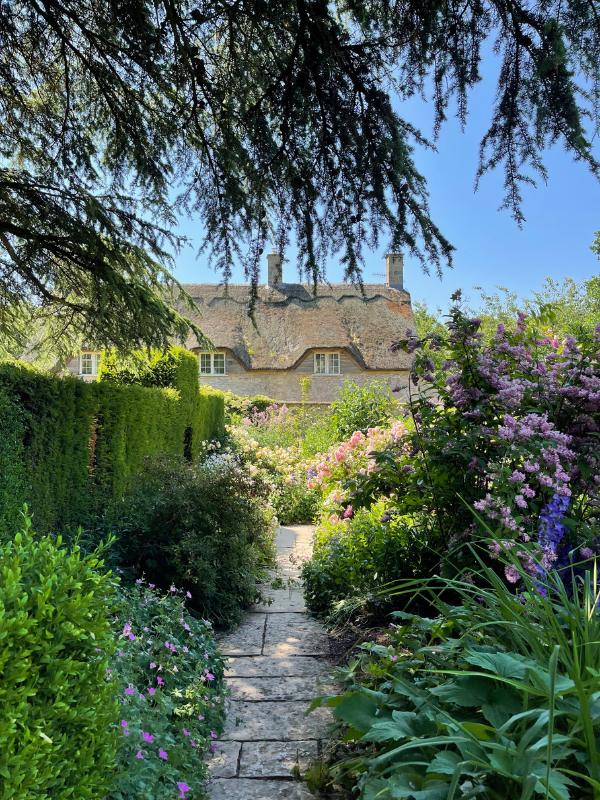

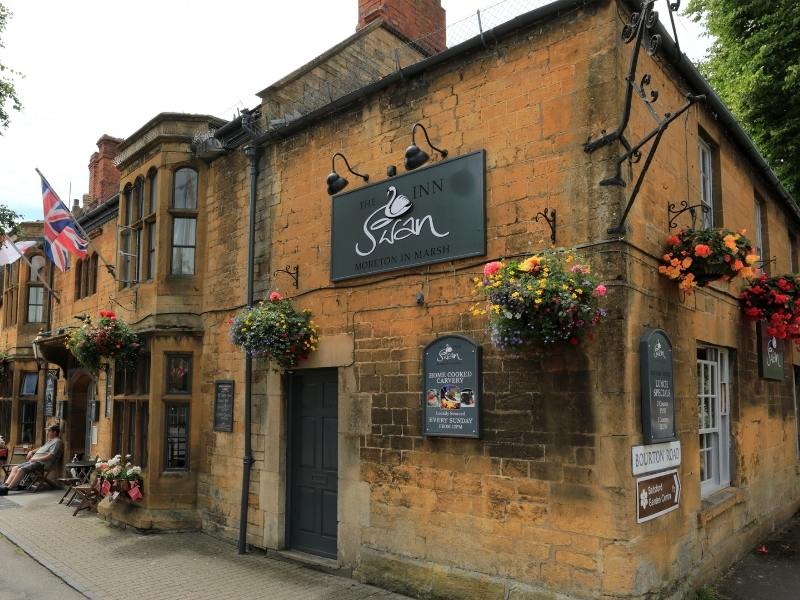

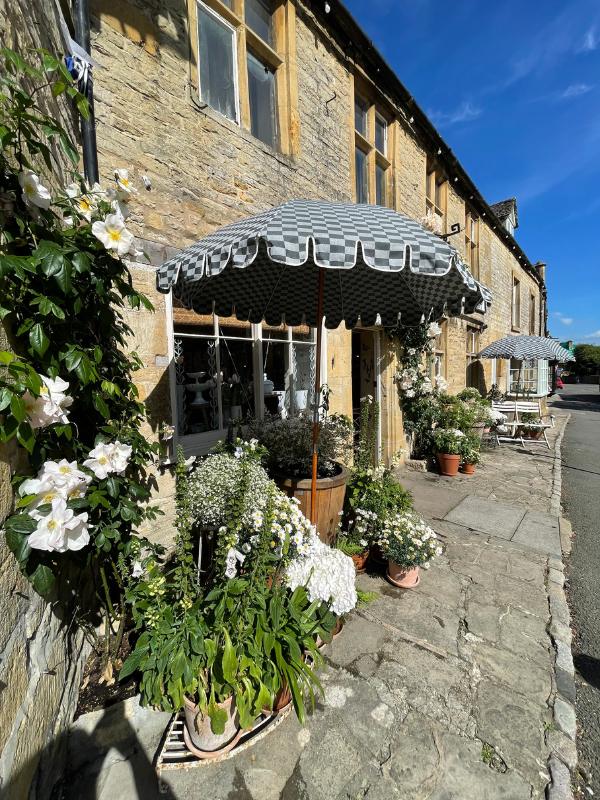

Day 1 has short drives but a lot of walking so make sure you pack comfy walking shoes and make an early start.
Morning
Enjoy an early breakfast in Broadway before spending an hour exploring this pretty town which is popular with writers and artists.
Make sure you see the honey-coloured Cotswold-stone cottages along Main Street, the oldest of which dates back to 1320.
Take a short 7 minute driving detour to Broadway Tower which sits atop of nearby Fish Hill. The Capability Brown designed tower dates back to 1768 and is an iconic English landmark.
If you can (and if you visit in good weather), we recommend climbing to the rooftop viewing platform which is officially the highest point in the Cotswolds. The 360-degree views are breathtaking and on a clear day you can see 16 counties! Allow 1 hour for your visit.
Next drive to Kiftsgate Court Gardens (15 minutes) or Hidcote Manor Garden (16 minutes), two of England’s best country gardens. The two gardens are so close together it’s worth doing both if you have time.
The self-guided Kiftsgate Court Gardens (part of the Historic Houses association) is open from April – September and is an informal garden packed with colour. It dates back to the 1920’s and has had female head gardeners since that time.
Nearby National Trust owned Hidcote Manor Garden is a more formal, Arts and Crafts inspired garden. It’s open year round but admission times vary according to the season so check in advance of your visit. Allow at least 1 hour per garden.
If you’re visiting Broadway between mid-June and early August, you can also visit Cotswold Lavender, a 70 acre farm growing over 35 different varieties of lavender. It’s just a 10 minute drive south of Broadway.
You can stroll the lavender fields, wander through the wildflower meadows or visit the distillery to learn how lavender oil is extracted from the plants. You do not need to book tickets in advance but only credit cards are accepted.
Head to Moreton-in-Marsh for lunch (15 minute drive).
Afternoon
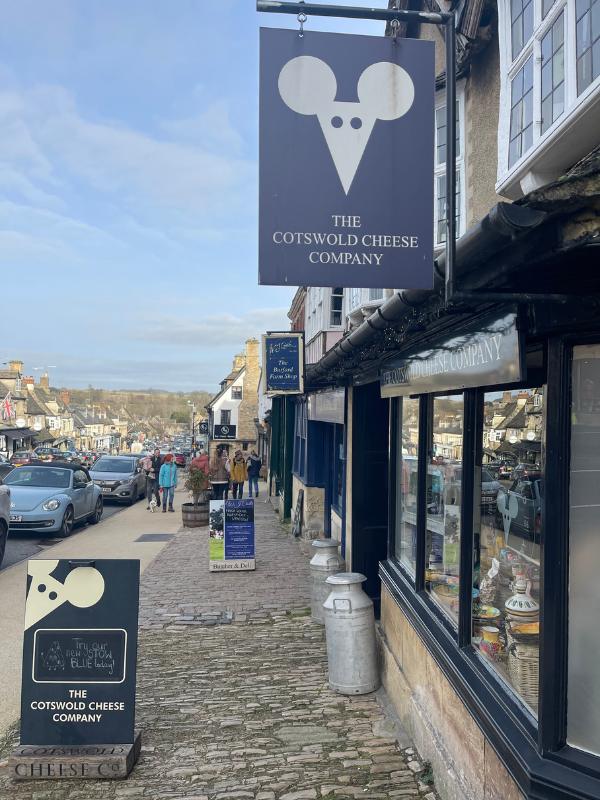

After lunch, enjoy 1-2 hours exploring this popular Cotswolds town. Stroll along the High Street which is lined with 17th and 18th century buildings, including the White Hart Royal, a former manor house in which King Charles I sheltered during the English Civil War.
You can also visit the 16th century St David’s Church and the 16th century Curfew Tower. If you visit on a Tuesday, you’ll catch market day and be able to browse over 200 stalls. It’s one of the largest markets in the region.
The last stop of the day is Stow-on-the-Wold (10 minute drive).
Spend 1- 2 hours visiting St. Edwards’s Church, browsing the antique shops for quirky souvenirs, or strolling around Market Square. Make sure you visit the Cotswold Cheese Company. We recommend trying the Stow Blue, a soft creamy cheese made on site.
Stay in Stow-on-the-Wold overnight. For ideas of where to stay, check out our comprehensive Cotswolds accommodation guide.
Day 2 – Middle Cotswolds
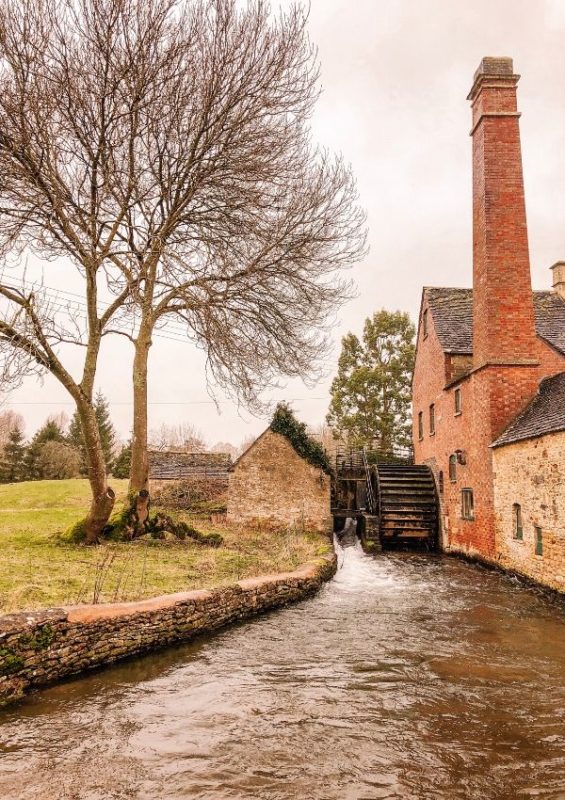

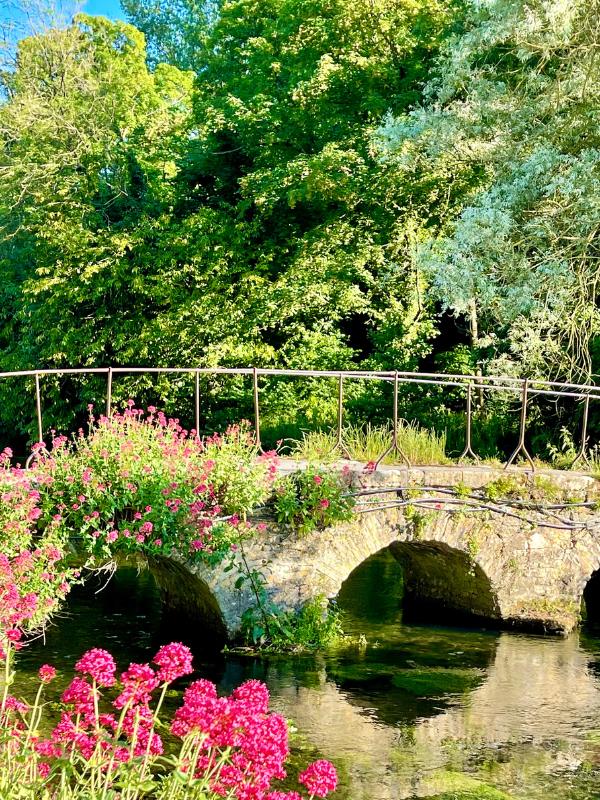

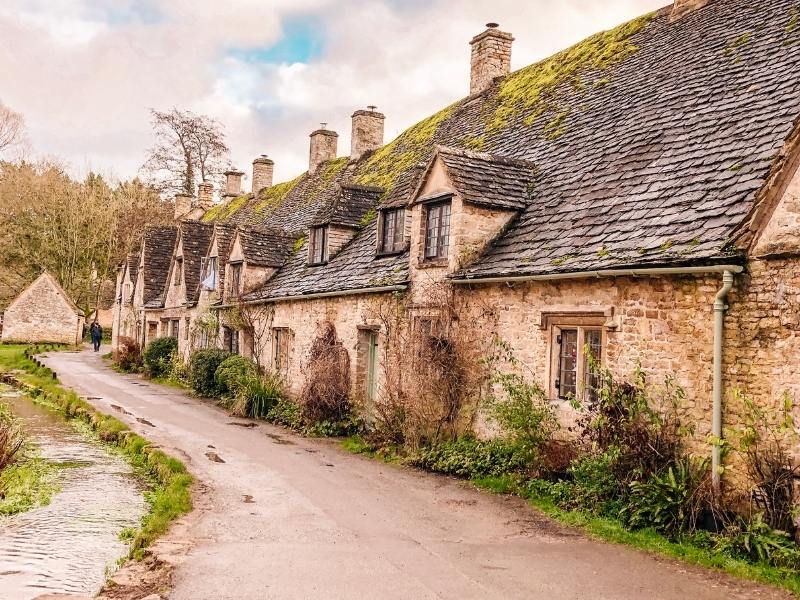


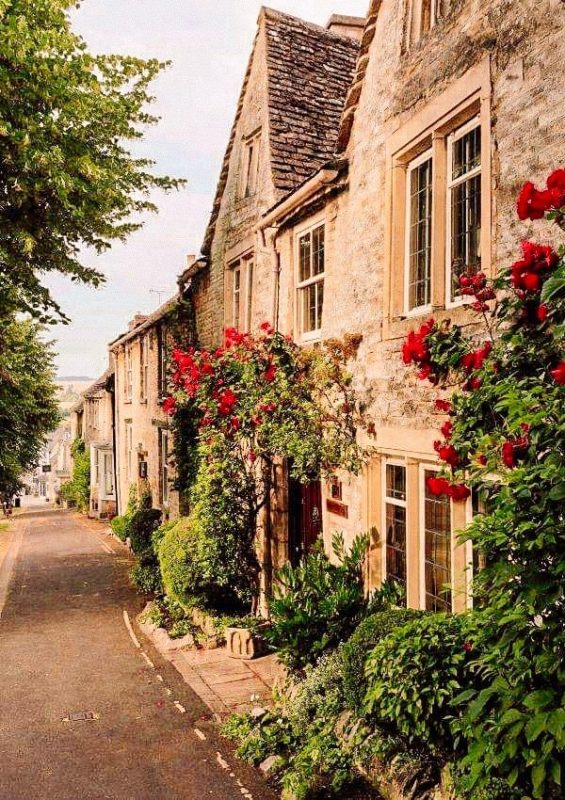

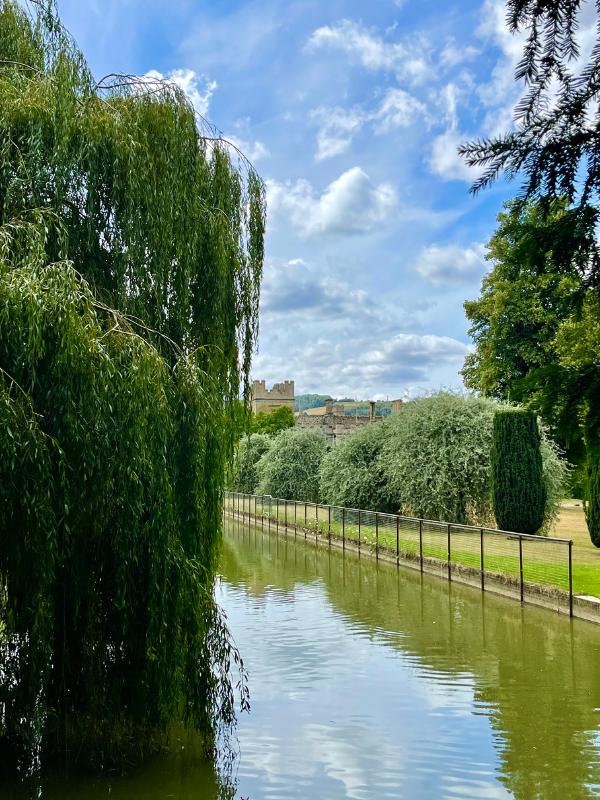

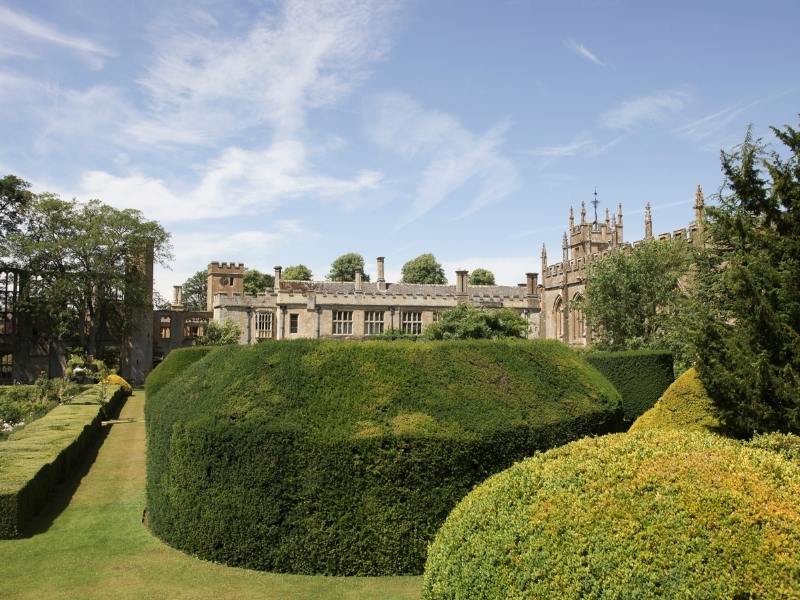

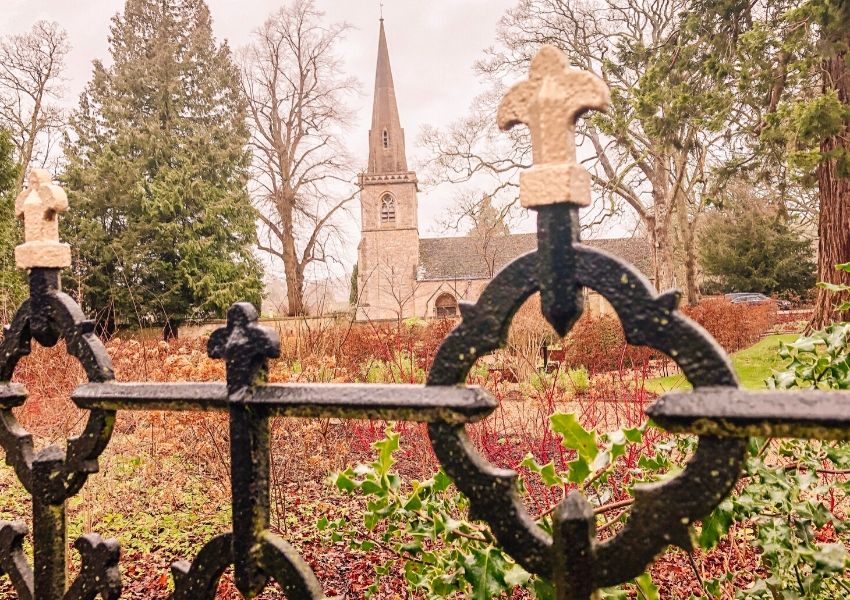

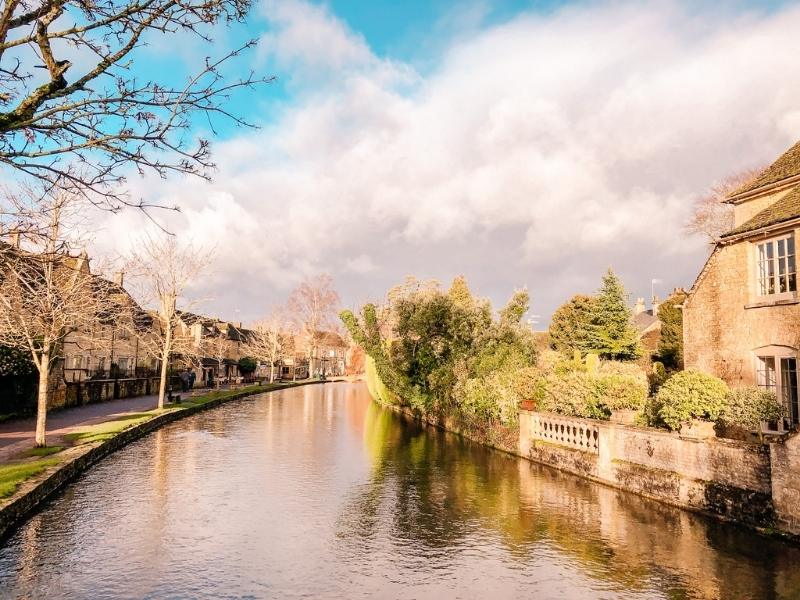

Morning
Enjoy breakfast in Stow-on-the-Wold and catch up on any sights you may have missed.
Make the short 5 minute drive to Lower Slaughter. Despite its name, the village does not have a grisly past; the name Slaughter comes from the Old English word for ‘muddy place’.
Spend 1 hour walking along the River Eye or learn about the local area in the Lower Slaughter Museum in the restored 19th century Old Mill. Don’t miss Copse Hill Road, considered to be the ‘most romantic street in Britain.’
See inside St. Mary’s Church, part of which dates back to the 13th century or stop for morning coffee at the 17th century Manor House hotel.
Continue on to nearby Upper Slaughter.
Upper Slaughter is only a 5 minute drive from Lower Slaughter but, if possible, we recommend leaving your car in Lower Slaughter and walking the 25 minute signposted path across the fields to Upper Slaughter. If you do drive, you can take a circular driving route to save you driving the same stretch of road twice. It’s the same length and time as a direct linear return.
Upper Slaughter is one of England’s rare ‘Double Thankful Village’ – a title given to just 14 villages who didn’t lose any members of the armed forces during both World War I and World War II. The village is also mentioned in the Doomsday Book of 1086.
Upper Slaughter is a village made for wandering or for sitting on a bench and watching the world go by. Don’t miss the charming Eyford House, The Manor Hotel, the 12th century St. Peter’s church or the Sir Edwin Lutyens designed cottages on the main green.
If you have time, we recommend taking a 30 minute driving detour west from Upper Slaughter to visit Sudeley Castle.
The Tudor era castle is the burial site of Queen Katherine Parr, the last and surviving wife of Henry VIII. Visit the 10 formal gardens (the Knot Garden is our favourite) or take a tour of the fully furnished castle rooms.
The castle is a private home and it closes during autumn and winter. Check opening times in advance of your visit.
Afternoon
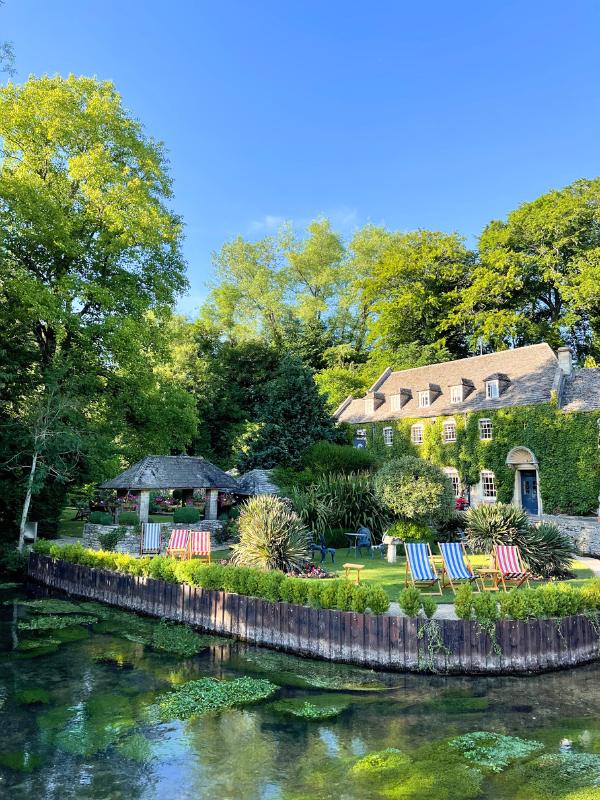




After lunch, drive to Bourton-on-the-Water (10 minutes away). This picturesque village is known as ‘Little Venice’ due to its five, elegant stone bridges straddling the River Windrush.
Spend 2 hours exploring the village and its attractions. Choose from The Model Village (an impressively detailed miniature replica of the village and the only Grade II listed model village in the country), the Cotswold Perfumery, or Birdland (a nine acre park with over 500 birds). Petrolheads will love the excellent Cotswold Motoring Museum whose seven galleries are packed with gleaming vintage cars.
The last stop of the day is Bibury (a 30 minute drive from Bourton-on-the-Water). We recommend taking the slightly longer route via Burford which is well worth a stop if you have time.
Burford has a steep high street lined with Cotwold stone cottages and is also home to Reavleys, England’s oldest pharmacy dating back to 1734. If you have time you can visit the free Tolsey Museum to learn about local history, the 12th century Church of St. John The Baptist (known for its stained glass windows) or cross the three arched mediaeval stone bridge over the River Windrush.
Bibury is one of our favourite Cotswolds villages. It’s so pretty you’ll want to take a photo around every corner. You’ll recognise many of its buildings from tv and films such as ‘Stardust.’
Your first stop in Bibury should be Arlington Row. These famous, picture-perfect row of houses were originally built around 1380 as a wool store but were converted into cottages in the 17th century to house weavers working at nearby Arlington Mill. It is a famous English scene, so much so that its image is printed in modern British passports.
If you have time you can visit Bibury Trout Farm for a spot of fishing or the Saxon era St Mary’s church.
Stay in or near Bibury overnight. By doing this, you will also enjoy the village at a quieter time after all the tourist coaches have departed.
Day 3 – South and West Cotswolds
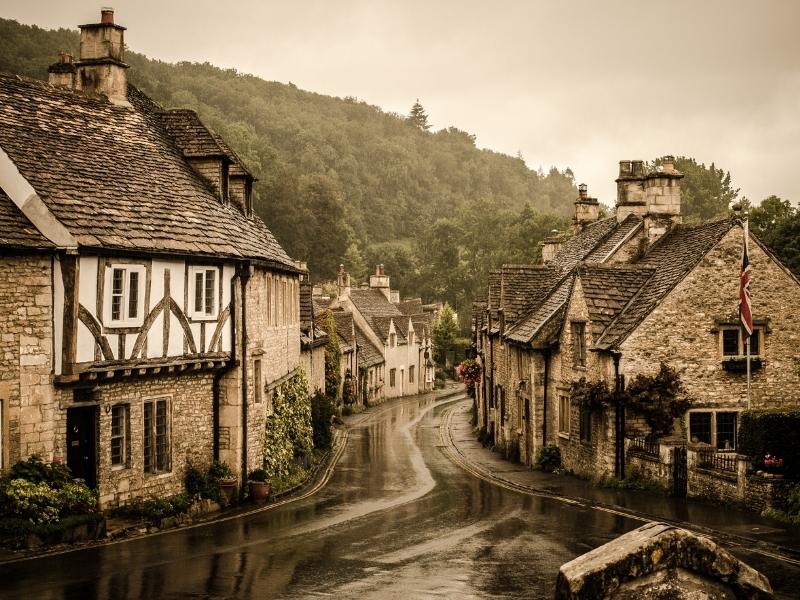

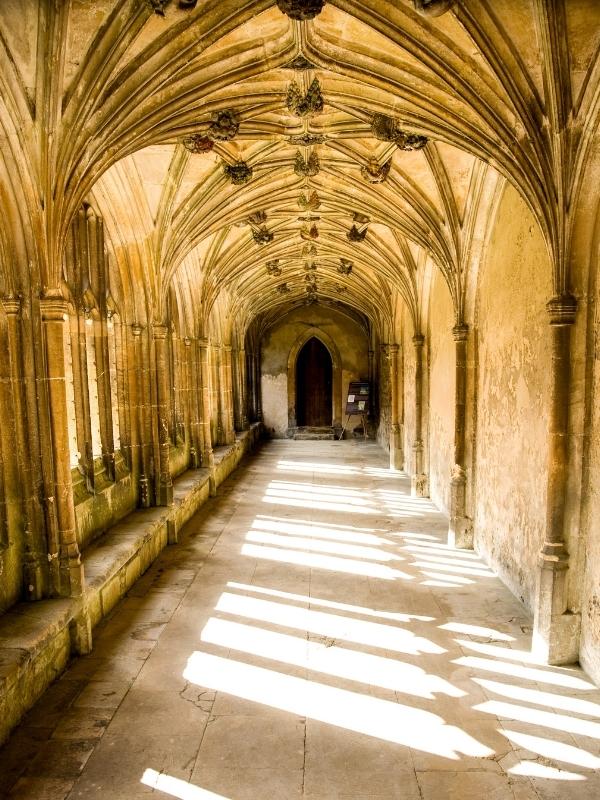

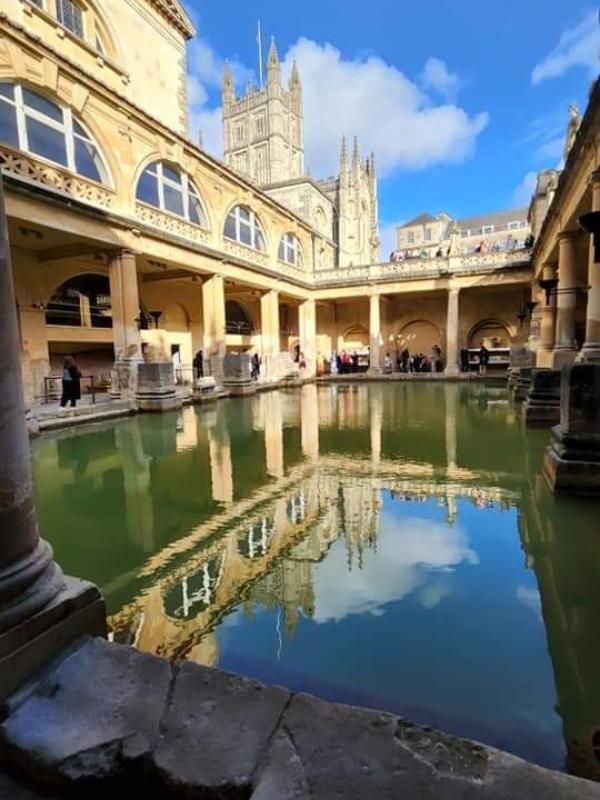

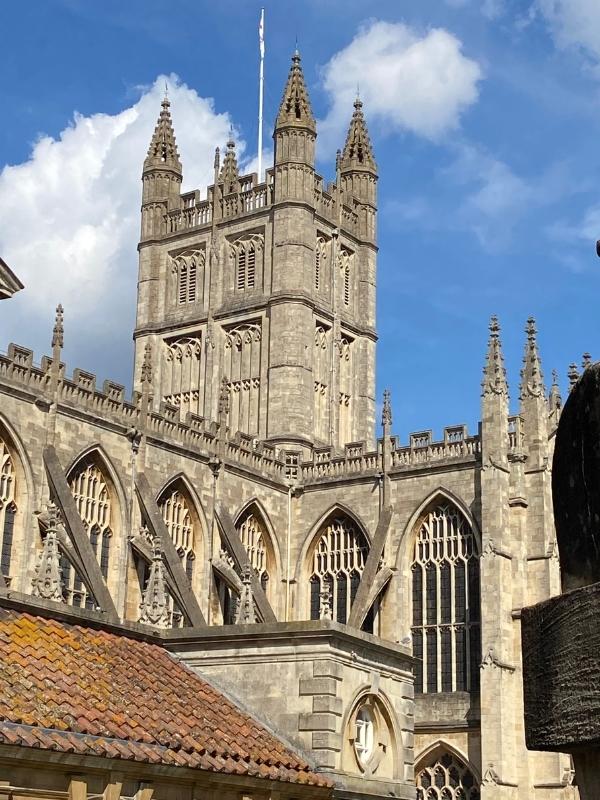

After enjoying a quiet breakfast in Bibury, drive 50 minutes to Castle Combe.
Castle Combe is regarded as ‘the prettiest village in England’ – which is some statement when it’s surrounded by other beautiful villages! Castle Combe has been used as a backdrop in tv and films such as ‘War Horse’ and ‘Dr.Dolittle.’
Spend 2 hours exploring the village which, unusually, hasn’t had any new houses built in it since the 1600’s. Wander The Street and Market Place, see the famous 14th century Market Cross and the 12th century St. Andrews church which is home to one of oldest working clocks in England.
Drive a further 20 minutes south to Lacock Abbey. A 1 hour stop will give you plenty of time to visit the abbey (built in 1232 but converted into a country house in the 16th century). Visitors can see the mediaeval cloisters, the sacristy, chapter house and monastic rooms.
If you have time, we highly recommend a walk around the beautiful abbey gardens and Lacock village, especially in spring and summer.
Drive to Bath (30 minutes) for a late lunch and an afternoon exploring one of the most famous cities in England and a UNESCO World Heritage Site.
Spend your afternoon visiting the Roman Baths (which date back to 70 AD), the 7th century Bath Abbey, the ornate Pulteney Bridge or the elegant townhouses of the Georgian Royal Crescent.
After all your walking, indulge in tea and cake at Sally Lunn’s tea rooms or enjoy a pie and pint in a traditional English pub.
There are lots of fantastic places to visit in Bath so we recommend staying another full day in the city if you can squeeze it into your U.K itinerary.
For more ideas of what to do in Bath – and where to stay in Bath – check out our Bath itinerary.
Tips for visiting the Cotswolds
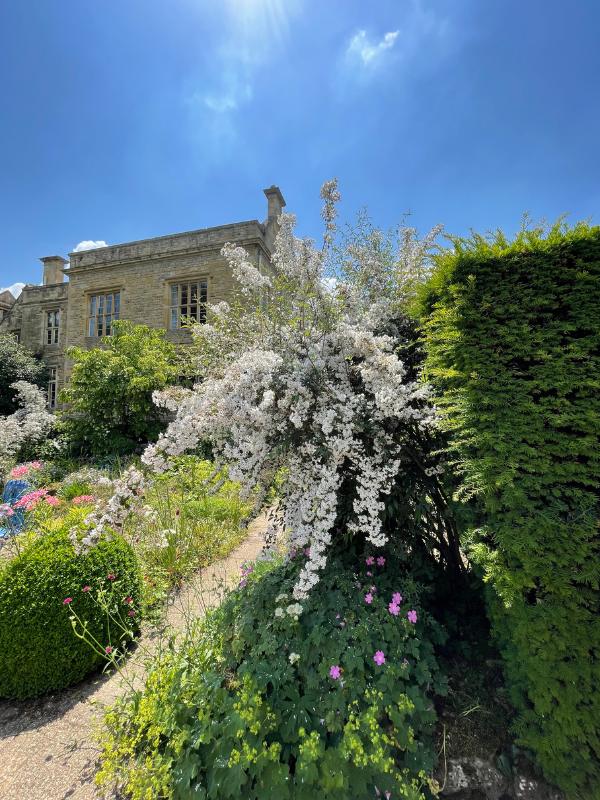

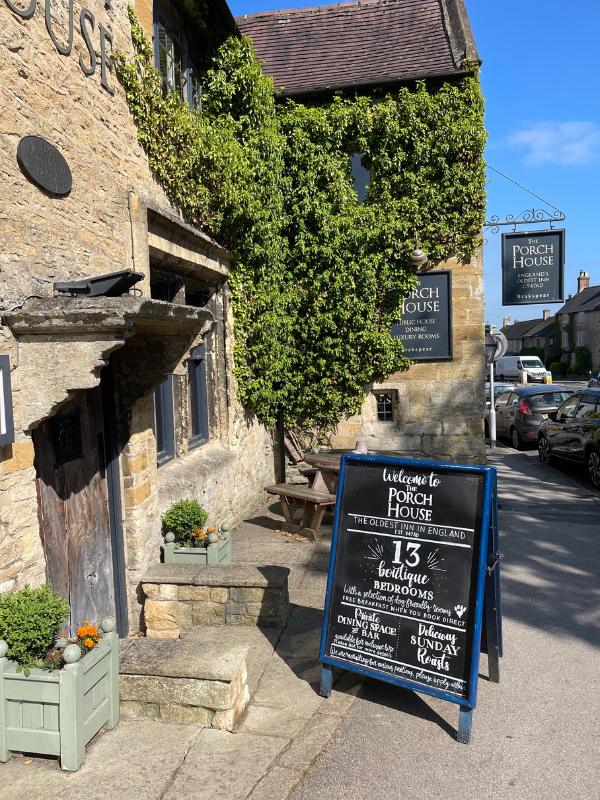

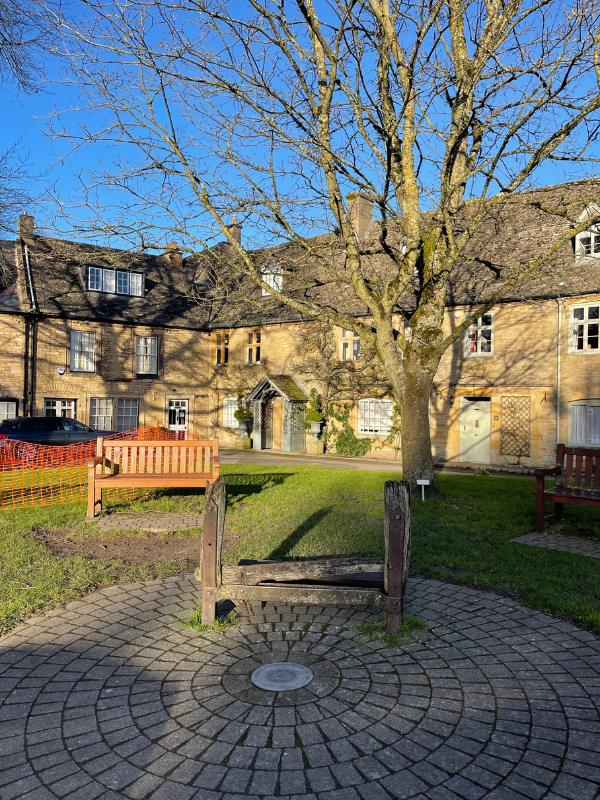



- Get up and out early. The Cotswolds region gets very busy, particularly in peak season and on weekends. Enjoy quieter roads and avoid the worst of the crowds and the tourist coaches by arriving at places early.
- Pre-book restaurants and accommodation in advance of your visit. This is not a densely populated part of England so options are limited and will book up quickly, particularly in peak season.
- If the weather is good, pick up a picnic lunch to save time (and money) on your road trip.
- Don’t just drive through the Cotswolds in order to fit as many sights in as you can. Getting out of your car and going for a walk is the best way to see the detail and the beauty of the Cotswolds and its villages.
- Parking in the small Cotswolds villages is limited and many areas have no parking rules or are designated for residents only. Try to research options of where you can park in advance of your visit. This will save time and stress and may enable you to bag the last parking spot! Use the Parkopedia app to help you find available parking in the local area. We’ve found it reliable during our trips to the Cotswolds.
- Most car parks take credit cards as well as cash but always carry some cash, just in case. Many council run car parks in the Cotswolds offer payment by phone. We strongly recommend downloading the PayByPhone parking app in advance of your visit.
- If you see an official out-of-town parking option, use it. We guarantee it will save you time and stress. For example, Bourton-on-the-Water has two car parks on the fringes of the village (one at Station Road, GL54 2EN and the Rissington Road, GL54 2BN). Both car parks are just a few minutes’ walk from the centre of the village.
- Rural England consists of narrow roads (sometimes just single track roads) with restricted views around bends. It is essential to drive with care and to understand the rules of driving in rural areas. Use Tripiamo to prepare for your road trip. Their comprehensive driving guides are specifically designed to teach international travellers what they need to know to confidently and safely drive in another country. We promise using a Tripiamo guide will make driving in the U.K less daunting.
- As there are a lot of National Trust properties and gardens in the Cotswolds, you may find it worth purchasing a National Trust pass. You can read more about all the UK heritage passes on offer here.
- Do not rely on getting around the Cotswolds by public transport. If you are not confident in driving, join a group tour with Go Cotswolds or a private tour with Victoria of Cotswolds Teacup Tours, a local Cotswold resident. Note that some tours will require a starting point in Moreton in Marsh or Stratford-upon-Avon.
We love visiting the Cotswolds and think it is a very special part of England that you won’t find replicated anywhere else in the U.K. The region should be added to any U.K itinerary – especially as it is so easy to get to from London and packed with such a variety of attractions.
We promise you won’t regret making the effort to leave London to visit this picturesque and historic region of England.
READ (OR LISTEN TO) NEXT
- UK Travel Planning Podcast episode #107 – Exploring the Cotswolds with Lisa Benjamin of GoCotswold Tours
- UK Travel Planning Podcast episode #62 – Uncover the charm of winter in the Cotswolds with Victoria of Cotswold Teacup Tours
- UK Travel Planning Podcast episode #27 – Delve into the Cotswolds with Victoria of Cotswold Teacup Tours
- UK Travel Planning Podcast episode #20 – An introduction to the Cotswolds with Victoria of Cotswold Teacup Tours

